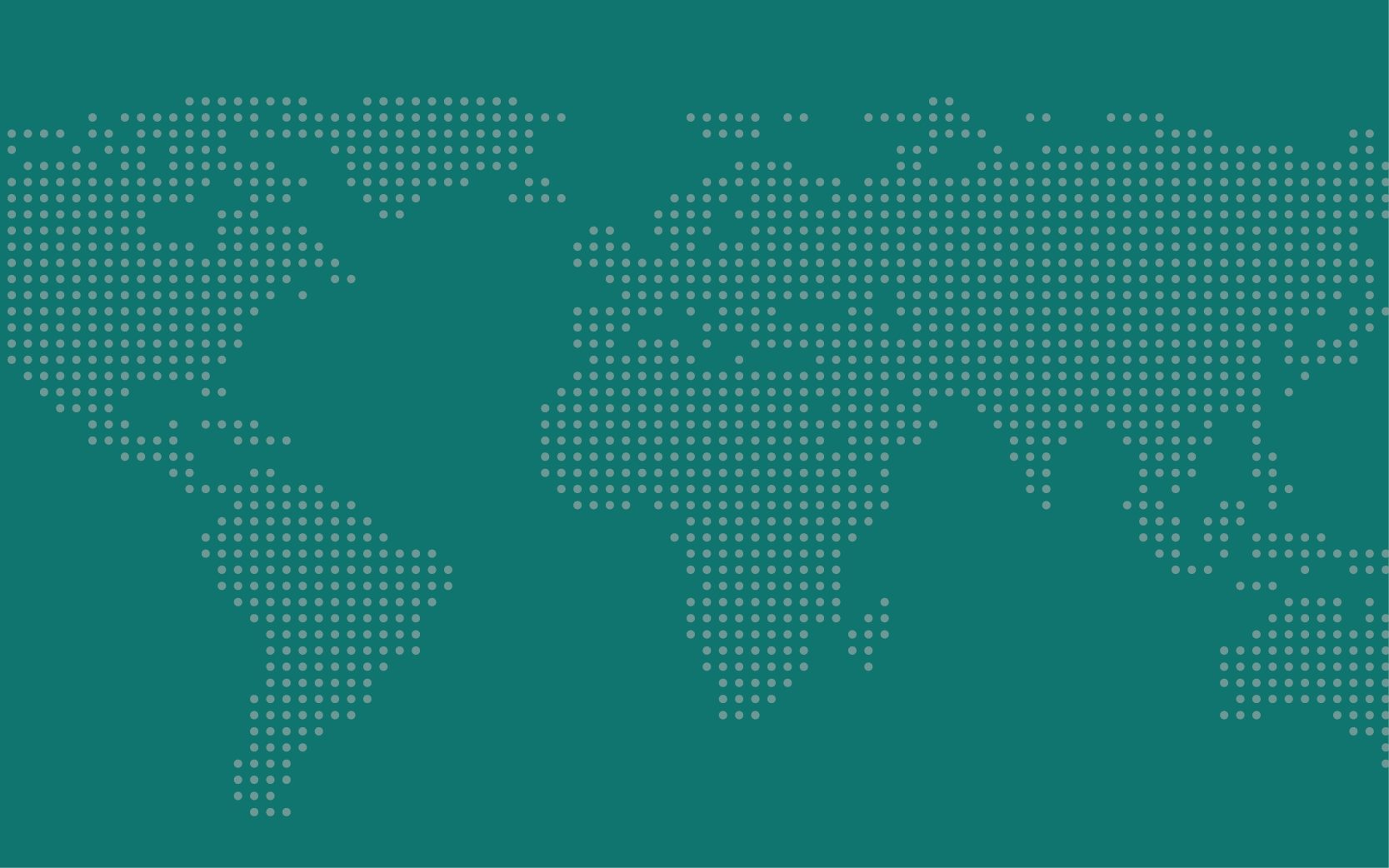What Should the World’s Digital Rulebook Look Like? A Dispatch from APEC South Korea
Digital tech is permeating every corner of our lives, and new innovations will only accelerate the transformative changes it will impose on the global economy.
But there is an irony. The digital world is—in theory—borderless. The Internet allows people and businesses to transact with each other with little regard for distance or national boundaries, and the biggest tech firms, from the titans of Silicon Valley to emerging Chinese challengers, operate in every corner of the planet. But states are also eager to exert control over the digital world, wanting to protect local enterprises, assert sovereignty, and safeguard data vital to national security or citizen privacy.
In other words, the digital world is characterized by global interdependence, yet the rules governing it could fragment like a jigsaw puzzle. The question is: what will the emerging rulebook for global digital governance look like?
In early August, I attended the Asia-Pacific Economic Cooperation (APEC) digital and artificial intelligence ministerial meeting in Incheon, South Korea. There, officials from 21 Pacific Rim economies met to sketch out the contours of a transpacific digital governance regime.
In a world of increasingly exclusive intergovernmental groupings, APEC is a big-tent comprehensive economic club for this key region for global commerce—the United States and China are both members, and the organization accounts for 40 percent of the world’s population and 60 percent of the global economy.
The summit’s discussions explored how to regulate the digital technology and infrastructure underlying much of today’s global trade and investment in both goods and services. I was struck by the fact that—despite the tariff-related disruptions in goods trade that capture global headlines—APEC’s work on enhancing technical coordination and lowering nontariff barriers to cross-border trade and investment goes on largely as usual. Further—and much as I argue in a recent IGCC report—there is widespread recognition across the region that this digital infrastructure is, in fact, globalized, and can’t—at least shouldn’t—be torn apart that easily.
In other words, we have to find a common way forward. We can’t all go our separate ways on digital regulation—the digital world is far too important. This task is feasible, but a road map will not emerge suddenly out of a dramatic grand bargain on digital policy. Instead, it will require breaking big headline challenges—like security and privacy—into smaller, more manageable policy tasks.
In my conversations in Korea, it was clear that they are wrestling with three key questions. One is largely resolved. Asia Pacific countries will largely welcome both American and Chinese digital technology and business opportunities. They reject the idea of a “digital cold war.” But the second is whether the biggest American and Chinese digital platforms—which have a commanding presence in every APEC economy—are crowding out the growth of smaller, specialized local players.
In fields like e-commerce, mobile payments, and digital banking, where knowledge of local conditions is key to success, smaller local firms have found success in places like the Philippines, Peru, or Thailand, where a company based in San Francisco or Hong Kong aren’t set up to master local market complexities. Others are developing specialized skills that complement the needs of large digital platform companies. Some are even expanding to become regional players themselves, and in turn have their own smaller, more specialized partners in neighboring countries. Enabling these local Davids to thrive alongside the U.S. and Chinese Goliaths is a priority for many APEC countries. This is precisely why APEC members (and other regional economic organizations) have embraced a work plan for digital market integration.
While the growth of small regional digital firms is a basis for optimism about interdependence in the region, there’s also a contrary trend, which is the growing notion of digital sovereignty: that every state has a right to determine what enters and exits their national boundaries, and that that right extends to the digital world as well. Much of APEC’s future work will involve figuring out how to address such concerns when it comes to Internet traffic, data flows, and digital business operations.
In the report, I argue that international aviation provides a model for reconciling sovereignty and interdependence. Every country’s airspace is sovereign, and that creates obstacles to cross-border air travel. Therefore, international civil flight plans were created to notify countries—automatically and in a standard form—which aircraft is flying, for what purpose, where it’s going, and what it’s carrying. They have the right to decline any flight, but rarely ever do—there’s simply no security risk when this information is freely and transparently available. (To be clear, military flights are subject to different rules.)
This model could enable states to decide what enters and exits their digital airspace on a case-by-case basis and in large volumes. They would always have the right to make an exception where they see fit, but the general assumption is that they allow flows because they are transparent and compliant.
At APEC, policymakers discussed how we can get the equivalent to flight plans for data. That will involve a lot of nitty-gritty classification of certain types of data based on how countries view the risks associated with them. Agreeing on that classification is essential to build trust in the system, and therefore the ability to have a truly interdependent computational infrastructure to support everything from credit card transactions to artificial intelligence applications.
What comes next? It’s hard to say. Beyond APEC, a broad array of interests is trying to have their say on how digital governance will play out across the globe, from digital businesses big and small trying to achieve favorable regulations to policymakers contending with both national security and economic growth objectives.
It’s a tough puzzle to crack, but we’ve solved puzzles like it before. It would be an easier task if the U.S. embraces a coherent policy blueprint. The Biden administration offered ambitious but often muddled messages. Now, the Asia-Pacific is waiting to see what the Trump administration embraces as a vision beyond tariffs. A strong policy model can feature a light regulatory touch (as did the Clinton administration blueprint for the Internet), but it must feature an engaging set of ideas about how to respond to legitimate issues that are politically salient to every government.
Peter Cowhey is dean emeritus and Qualcomm chair emeritus at the UC San Diego School of Global Policy and Strategy, and a senior fellow at IGCC.
Read Peter’s latest IGCC report, The International Political Economy of the Regulation of Digital Technology, here.
Thumbnail credit: Flickr

Global Policy At A Glance
Global Policy At A Glance is IGCC’s blog, which brings research from our network of scholars to engaged audiences outside of academia.
Read More